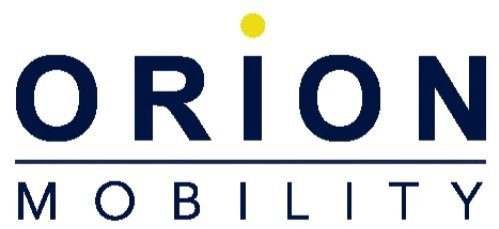Do you have a total rewards strategy?
It is incredible to see the evolution of the ways of working and the dynamics that employees themselves have established, but that evolution has also moved to the Human Resources departments that have gone from being administrative support to being strategic partners for companies.In this relationship, human talent and its management became the main basis that recognizes human capital as an important element to achieve organizational objectives, and in this sense, attracting and retaining personnel is a war that companies wage to find the best talent.Employees know this and have become aware of the role they play. They are no longer satisfied with a good salary but are now asking for other rewards and benefits that allow them to be productive without losing their work-life balance.
Total Reward
The rewards strategy helps encourage employees to work productively, stay longer with the company and attract new talent. It is a combination of benefits, incentives, programs, and rewards that an employer offers to an employee.By keeping human capital motivated, the organization's business performance and results remain positive.
How to develop a strategy as a company?
The best reference we can cite is Maslow's hierarchy of needs, which explains that people are motivated by five fundamental needs. After seeing this chart and having a clear understanding of human motivation, it is easier to determine the components that the reward strategy should have:- Compensation: payment (base and variable), the economic retribution that an employee receives in exchange for his skills, time spent, efforts, and goals accomplished. Compensation can be base salary, variable salary, and cash bonuses.- Benefits: Any package that serves to improve physical, emotional, and family security.These can be family, financial, or mental health assistance programs; Resources for employees who share similar backgrounds or interests; Diversity, equity, inclusion, and belonging programs; Socialization events to build friendships; Volunteer opportunities; Remote work and flexible schedules.- Recognition: Sometimes compensation, benefits, and wellness are not enough, some employees need their achievements to be recognized. These recognitions can be one-time awards, for tenure, performance; promotions, ability to move up the corporate ladder with more responsibilities; public verbal thanks; and public recognition.- Development: Investing in development programs through education, ongoing training, and relevant work experience allows employees to advance in the organization by developing their full potential and perhaps discovering their gifts.
Steps to creating a strategy
Assess the current landscape:
If you currently have a rewards package, you must find which components are stronger than others and prioritize and focus.Listen to employees:
Knowing the opinion of those who currently receive the rewards and asking them what they would add to it is an excellent way to learn their preferences to adapt the strategy.
Identify priorities and goals
When thinking about a rewards strategy, consider whether it supports your business objectives and what you want to achieve, which will help you focus on the development of the strategy.
Think that rewards should be balanced, and flexible. Inclusive and fair.
As much as possible, customize rewards according to personalities equitably and fairly.



